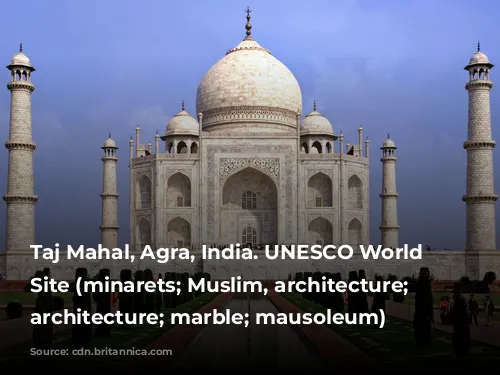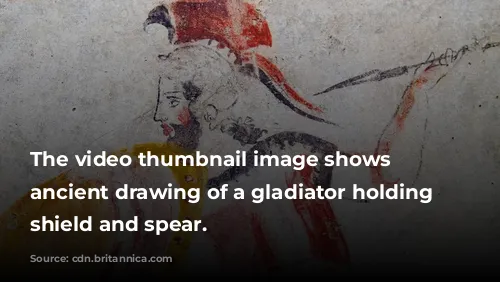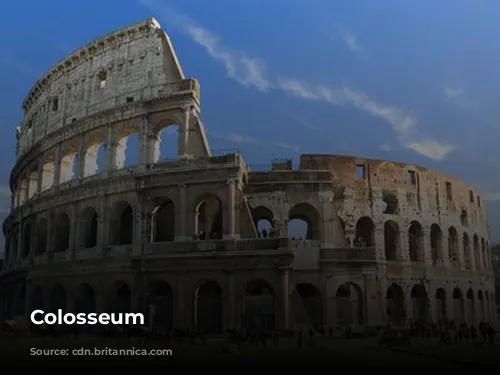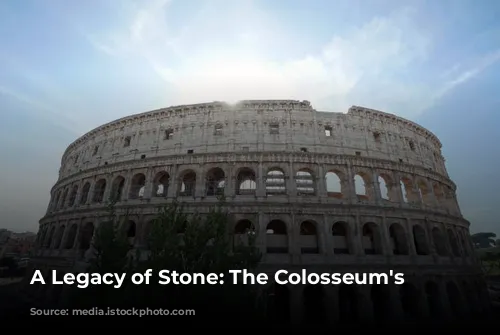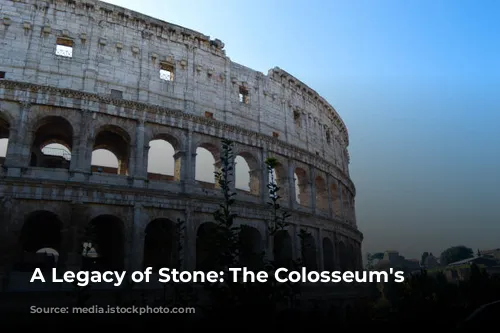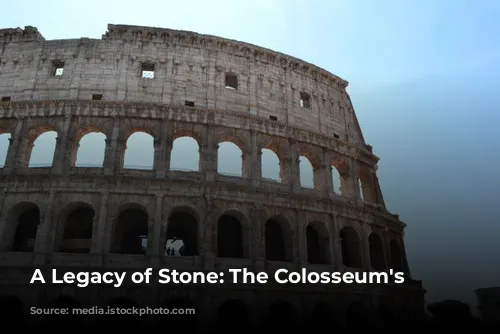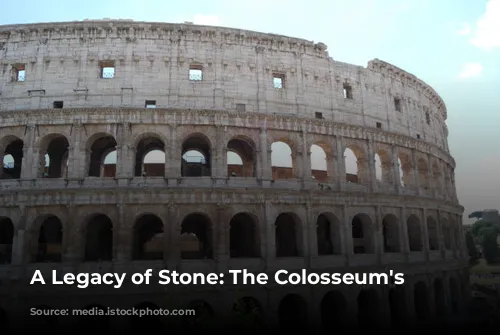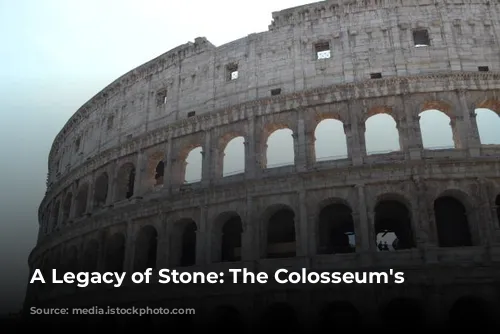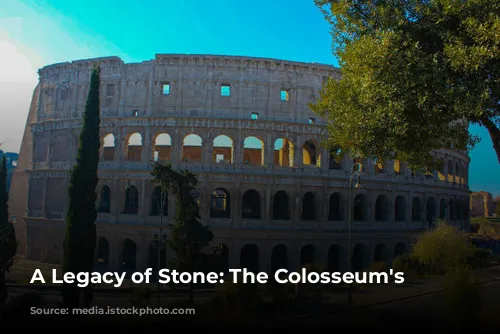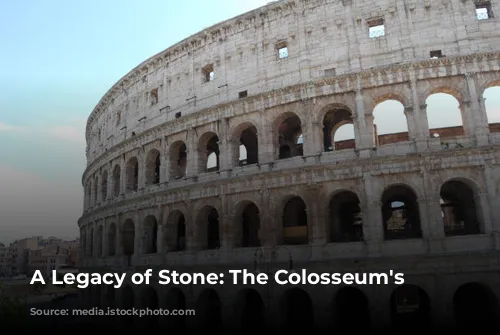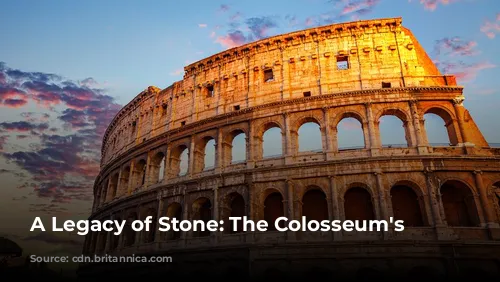The Colosseum stands tall, a majestic relic of ancient Rome, its enduring presence a testament to the Romans’ architectural brilliance and engineering prowess. This iconic structure, one of the few remaining intact monuments of the Roman Empire, serves as a potent reminder of a bygone era, captivating visitors from around the globe. It is not merely a historical site; it is a vital source of tourism revenue for Italy, attracting millions of visitors each year.
A Symbol of Roman Might
The Colosseum, along with the Roman Forum and Palatine Hill, generated an impressive $63.3 million (€53.8 million) in 2018, making it Italy’s most lucrative tourist attraction. This remarkable revenue stream speaks volumes about the enduring fascination with Rome’s ancient past and the powerful draw of the Colosseum.
A Journey Through Time: From Glory to Neglect and Restoration
Despite its majestic presence, the Colosseum has witnessed periods of both glory and decline. Following the fall of the Western Roman Empire, the arena fell into disrepair, its grandeur slowly fading with the passage of time. In the 12th century, the Frangipane and Annibaldi families repurposed the Colosseum, turning it into a fortress, a stark contrast to its original purpose. The 15th century saw a further decline as Pope Alexander VI allowed the Colosseum to be used as a quarry, its valuable materials plundered for other construction projects. For over a thousand years, the Colosseum endured neglect, its once-proud structure slowly crumbling. However, the 1990s witnessed a revival, with state-funded restoration efforts breathing new life into this historical gem.
An Emperor’s Vision: A Stage for Spectacular Entertainments
The construction of the Colosseum was driven by Emperor Vespasian’s desire to revitalize Rome after the tumultuous year of the four emperors in 69 CE. The Colosseum was envisioned as a grand entertainment venue, a stage for gladiatorial combats, animal hunts, and even mock naval battles. This was not merely a leisure pursuit but a way to appease the populace, offering them spectacles that served as a reminder of the Empire’s power and grandeur.
From Humble Beginnings to a Monument of Marble and Concrete
Construction began under Vespasian between 70 and 72 CE, with the completed structure dedicated in 80 CE by Titus, Vespasian’s son and successor. The Colosseum’s fourth story was added by Emperor Domitian in 82 CE. Interestingly, the Colosseum’s construction was financed with the spoils of war, the plunder from Titus’s conquest of Jerusalem in 70 CE. It was built by enslaved Jews from Judea, a stark reminder of the brutal realities of the Roman Empire.
An Amphitheater of Epic Proportions: Architecture, Design, and Spectacle
The Colosseum, also known as the Flavian Amphitheater, is an elliptical structure, an architectural masterpiece constructed from stone, concrete, and tuff. Standing four stories tall at its highest point, it measures an impressive 620 by 513 feet (189 by 156 meters) and could accommodate up to 50,000 spectators. This colossal structure, designed to host gladiatorial combats and other public spectacles, became a symbol of Roman power and a stage for unforgettable events.
A Triumph of Engineering: The Colosseum’s Design and Construction
The Colosseum’s construction was a marvel of Roman engineering, a testament to their skill in using materials like travertine, volcanic tufa, and concrete. Unlike earlier amphitheaters, which were often built into hillsides for support, the Colosseum is a freestanding structure. Its complex system of barrel vaults and groin vaults, combined with the three tiers of arcades framed by Doric, Ionic, and Corinthian columns, created a stunning architectural achievement. This innovative design became a cornerstone of Renaissance architecture, known as the assemblage of orders.
A Stage for Spectacle: Gladiators, Animals, and Mock Naval Battles
The Colosseum’s primary function was to entertain, providing a space for gladiatorial combat, contests between men and animals, and even mock naval engagements. The seating arrangement allowed for optimal viewing, with a retractable awning, known as a velarium, shielding spectators from the sun. This impressive awning required a team of Roman sailors to manipulate its rigging.
A Legacy of Resilience: From Decay to Revival
Despite its impressive history, the Colosseum experienced periods of neglect and decay in the Middle Ages. It was used as a church, a fortress, and even as a quarry, its valuable materials plundered for other projects. However, the Colosseum’s resilience was not easily broken. The 19th century saw the beginning of preservation efforts, with notable contributions from Pope Pius VIII. By the 1990s, a full-scale restoration project was underway, breathing new life into this historical monument.
A Timeless Attraction: The Colosseum Today
Today, the Colosseum stands as a testament to ancient Rome’s power and a captivating attraction for visitors from across the world. It receives approximately seven million visitors annually, eager to witness its grandeur and step back in time. The Colosseum continues to be a symbol of Rome’s legacy, a reminder of its architectural brilliance and a powerful connection to its rich and often brutal past.
